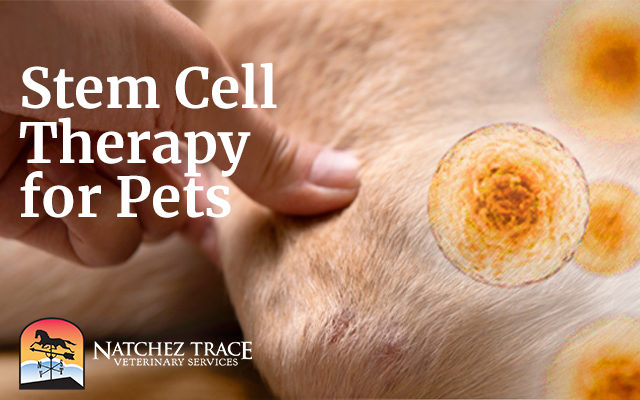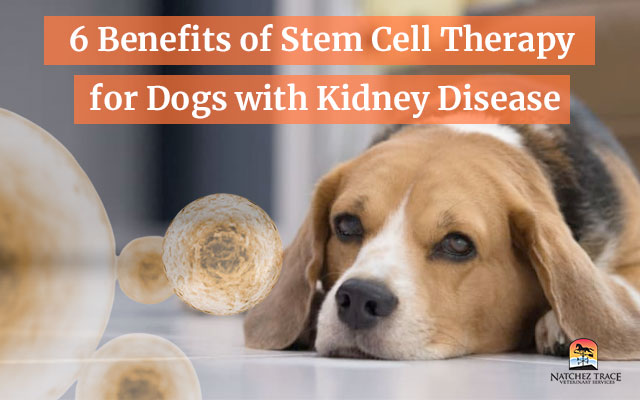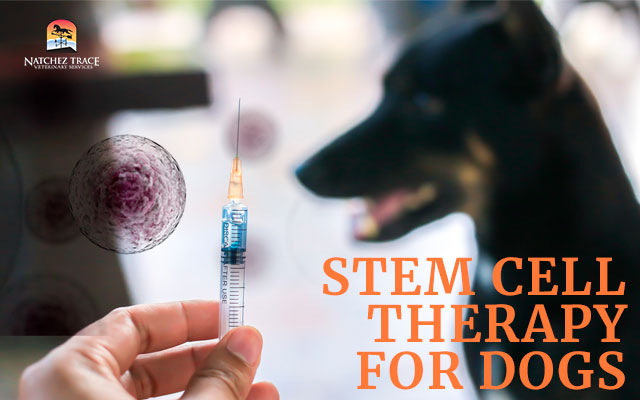
Stem cells are the body’s repair cells. They have the ability to divide and differentiate into many different types of cells based on where they are needed throughout the body.
Stem cells can divide and turn into tissues such as skin, fat, muscle, bone, cartilage, and nerve.
They even possess the ability to replicate into organs such as the heart, liver, intestines, pancreas, etc.
The Different Types of Stem Cells
There are two basic types of stem cells; embryonic and somatic (adult).
- Embryonic stem cells are found in the placenta and embryo. These cells are called totipotent, which means they have the ability to reproduce into any mature cell type. While embryonic stem cells offer the greatest potential in healing, there are obviously moral and ethical concerns in harvesting these cells.
- The second type of stem cell is the adult stem cell. These stem cells are called multipotent, which means they can differentiate into closely related cell lines, but they are not capable of creating a complete organ. Adult stem cells are found in the bone marrow, adipose tissue (fat), skin, liver, blood vessels, and neurons. Contrary to embryonic stem cells, there are no moral or ethical concerns in harvesting these cells, activating them, and reintroducing them back to the patient in areas where healing and regeneration are needed.
Why We Take the Cells from Adipose (Fat) Tissue
Adult stem cells are highly concentrated in the fat tissue. There are 50 to 1,000 times more stem cells in fat tissue than in bone marrow tissue.
At this concentration, it is no longer necessary to culture the stem cells to acquire the necessary cell numbers to make a healing impact.
The procedure to extract fat from the patient is much quicker and less invasive than a spay.
The stem cells are contained within a pool of cells in the fat termed the Stromal Vascular Fraction (SVF).
The SVF may impart anti-inflammatory effects, add bioactive peptides, and contribute to reformation and architectural organization.
These are benefits lost once stem cells are cultured.
What We Can Do With Stem Cells
Adult stem cells are capable of dividing into many different cell types.
With this capability, we can use them as a treatment for joint injuries, ligament and tendon damage, and fractured bones.
Research and clinical trials currently support the use of stem cells in these conditions.
Ongoing research is targeting other areas of the body for treatment and the preliminary results are very encouraging.
How The Procedure Works
On the day of the procedure, your veterinarian will anesthetize your pet and perform a surgical procedure to remove a few tablespoons of fat.
This is a quick and simple procedure that is generally easier than performing a spay.
The fat will then be processed to remove the stem cells.
Processing generally takes a couple of hours.
After the stem cells have been collected, your pet will be sedated, and the stem cells will be administered into the affected joints and/or into the bloodstream.
Results
We expect you to see results!
While we know every animal is different and there are no guarantees, we have seen positive clinical improvement in 95% of our arthritis cases. Some owners have even reported seeing a difference in as little as a week!
While quick results are possible, we expect you to begin seeing improvement within the first 90 days following treatment.
Really bad arthritis may require multiple injections, so banking your extra cells is always a possibility!
The Safety of Stem Cell Therapy
As with any procedure that involves anesthesia, there is always a risk.
However, the stem cells are coming from your pet and are being re-administered back to your pet.
There is no risk of an allergic reaction. Rarely there might be a mild immune reaction in the injected joint that should subside within a day or two.
Stem cells treatments are a safe, alternative method for treating your pet.

6 Benefits of Stem Cell Therapy for Dogs with Kidney Disease
In the intricate world of canine health, kidney disease poses a significant challenge, affecting the well-being of our beloved companions. While traditional treatments have made

Stem Cell Therapy for Dogs and 5+ Harmful Conditions It Treats
In veterinary care, a groundbreaking frontier emerges, poised to redefine the landscape of canine health—the revolutionary realm of Stem Cell Therapy for Dogs. This cutting-edge




